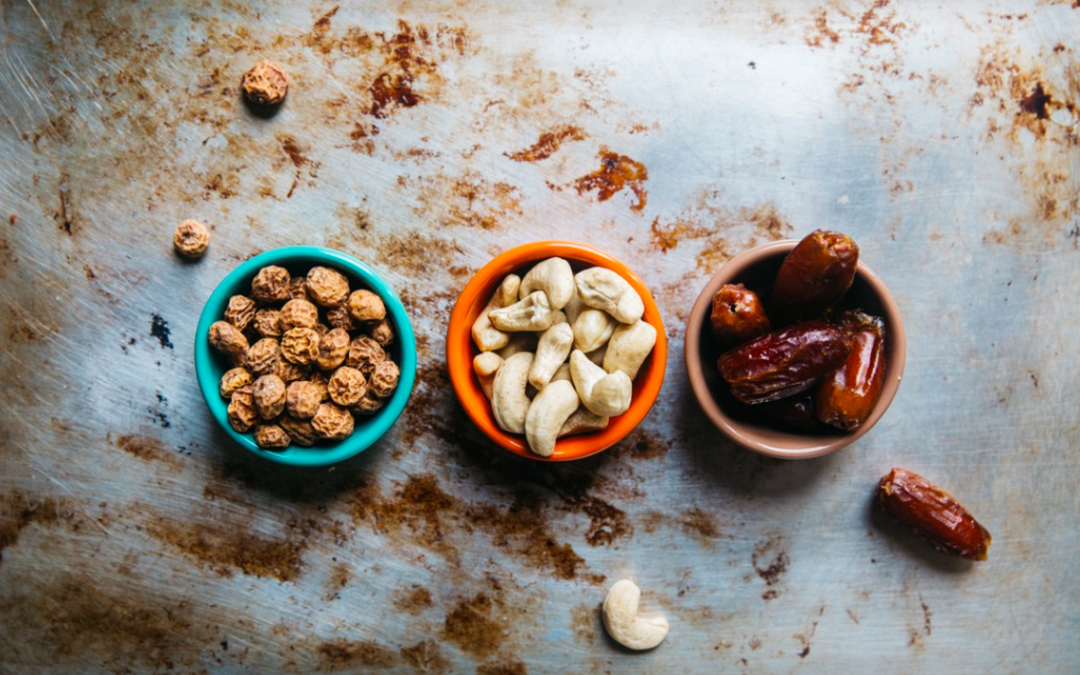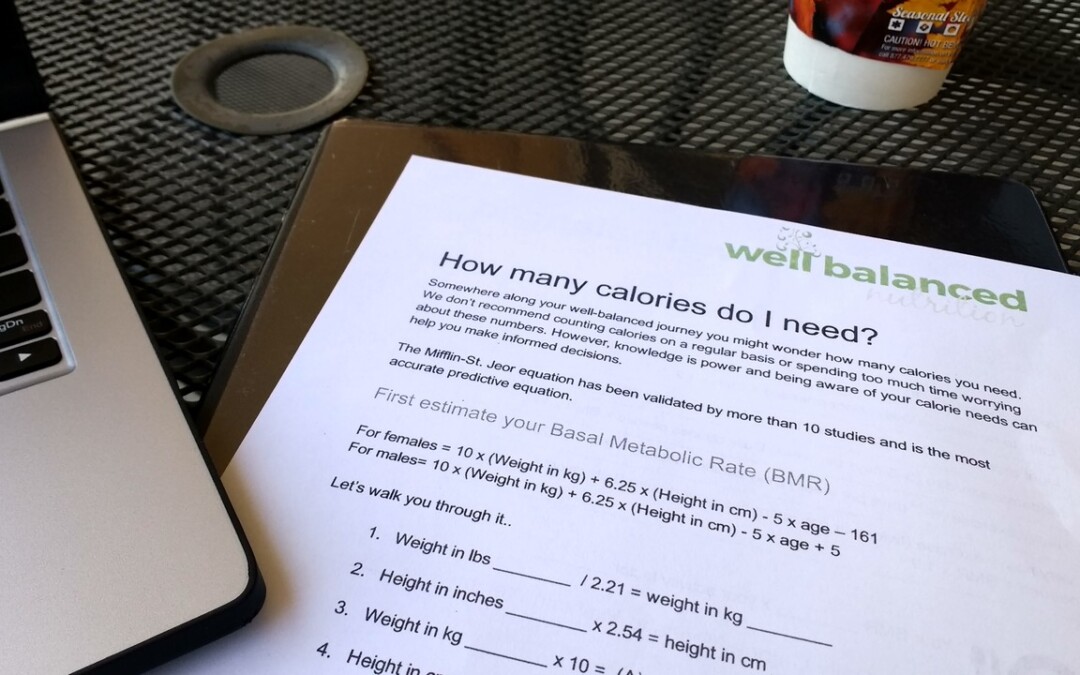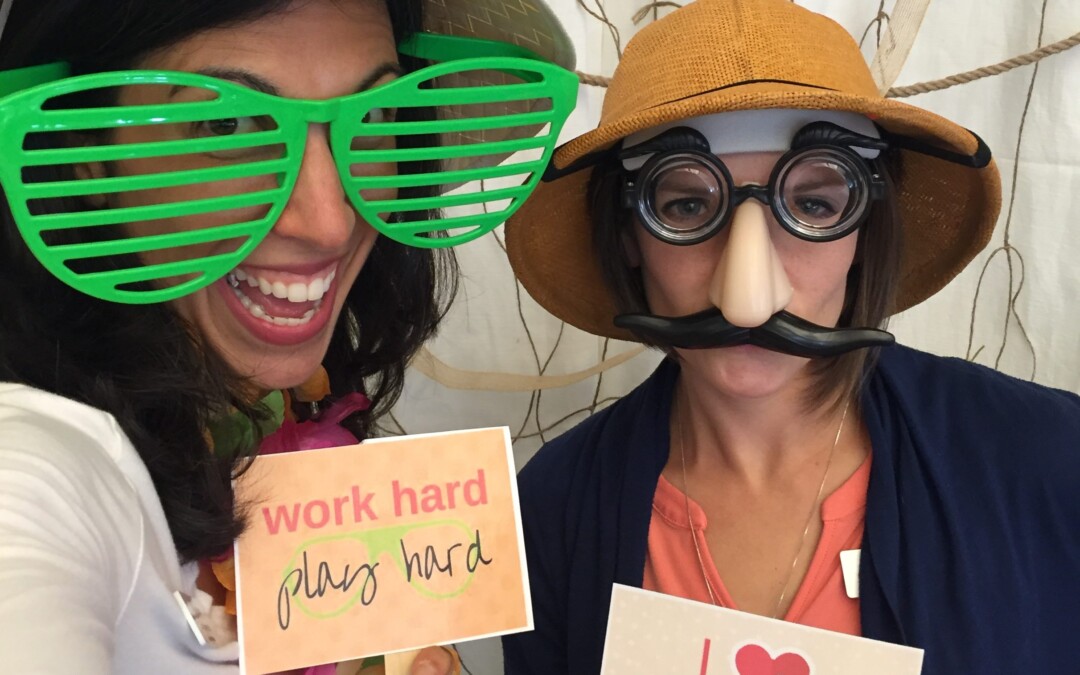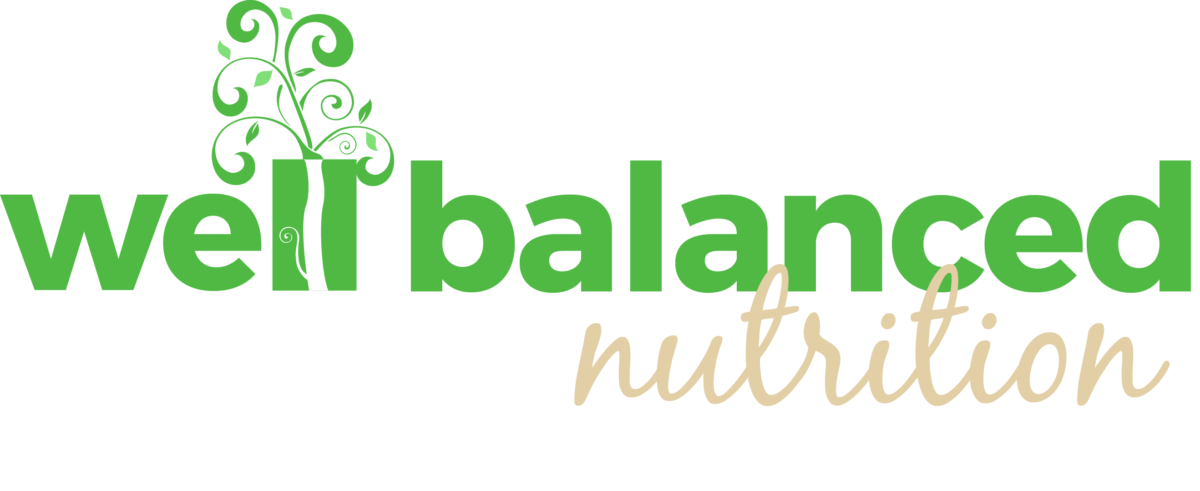
by Lucy | Dec 3, 2016 | Motivational Mondays
Monday, December 5, 2016
I have an awesome job. I get to sit and talk to healthy people every day, learn about their strategies and hear their success stories. What I’ve learned is each of us has our own system and strategies to be healthy and well-balanced. We’ve talked about different diets such as Paleo, Atkins, and I have even referenced the military diet… Ice cream every day y’all! As you know, Kristen and I do not promote diets because we want you to have a lifestyle that is conducive to living well without restrictions. We believe in the Well-Balanced Plate.
Lately, I’ve heard a recurring message from family members and clients as they strive to eat well through the holiday season. First step… Cut out the fat. For many years fat has endured a bad reputation and not surprisingly, it’s a pretty complex macro nutrient. For example, 1 g of fat has 9 calories versus 1 g of protein or carbohydrate has 4 calories. That means foods with fat are more energy dense.
Recently, I came across an article, Sugar and heart disease: The sour side of industry funded research. I felt empowered and frustrated while reading about how the Sugar Research Foundation paid the scientists and doctors doing the research to detract attention from any evidence linking sugar and coronary heart disease.
What we know now: Fat is our friend.
How fat is our friend:
- Makes food tastier
- It fill us up
- Keep us full longer
- Helps us absorb other nutrients such as fat-soluble vitamins.
About a year ago, I got really frustrated with my sugar cravings and talked about it with my good friend and fellow dietitian, Brenna Thompson. She helped shine light on the benefits of incorporating more fat (and protein!), which essentially makes less room for my body to crave sugar. I changed my diet gradually over the past year and typically include at least 1 to 2 tablespoons of fat with most meals. Not surprisingly, breakfast includes peanut butter or almond butter, at lunch I usually have salad dressing or mayonnaise (not necessarily the healthiest choice). I typically cook with olive oil or butter on my vegetables at dinner. When I first made this change I was genuinely upset after finishing dinner and realizing I was so satisfied and did not have any room for the chocolate or other sweets I typically indulged in after a meal.
Food for thought:
As we are surrounded by sweets, treats and goodies this holiday season I wonder if you will make fat your friend too? If you’re struggling with cravings, I suggest a tablespoon of peanut butter or handful of almonds.
What’s one way you can add, our friend, fat into your diet?___________________________________________


by Lucy | Oct 26, 2016 | Well Balanced Wisdom
Calories, calories, calories. So important, yet so frustrating. We know eating more calories than we burn will cause weight gain, right? So, why don’t we all just track our calories daily and everyone will be at a healthy, happy weight? Simple! America’s weight problems SOLVED!
You and I know it’s not that simple. If this method worked, Lucy and I would need to start looking for another job.
Calories aren’t everything. Eating a low-calorie diet does not equate to eating healthy. If you are on the twinkie diet, a fast food diet or possibly a fad diet, you may be malnourished. Plus your body reacts differently to a 100 calorie cookie compared to 100 calories of fruits or vegetables. Processed foods can signal your body to store fat, while whole and natural foods can help you burn fat AND feel more satisfied.
At some point in your well-balanced journey, you might wonder how many calories you need and seek guidance getting there. You may find it helpful to keep track of your calorie intake for a few days. Monitoring how many calories we eat can help us maintain or lose weight in the short term, it can waste valuable time and energy in the long term.
Recently, two of my clients came to realize this truth. For a few days, calorie counting was a great opportunity to see part of the puzzle. It was a good experiment. But it was only a small part of their puzzle and it had its downfalls. They were finding themselves thinking about food all the time, obsessing over the calorie counts, and feeling anxiety about it all day long. That’s no way to live.
We can help you figure out how many calories you need but more importantly we help you figure out how to eat well balanced without being a slave to daily calorie counting.
FOOD FOR THOUGHT:
Rather than focusing time and energy on counting calories, take a step back and look at the whole picture. Spend more time and energy on preparing home-made food, slowly enjoying your food, balancing your plate and filling it with mostly natural or plant-based foods, taking care of yourself and managing your stress.

by Lucy | Oct 20, 2016 | Motivational Mondays
Monday, Oct 24th
I often have people bring me food containers to determine if it’s a healthy option or not. You may have seen or heard that the FDA is working on redefining the term “healthy” on food labels due to an ongoing battle with Kind Bars.
Here’s the quick and simple Well-Balanced Way to know if you are making a healthy choice:
- Can you read, pronounce and explain all the ingredients on the ingredients list?
Polydextrose, soy lecithin, anhydrous milk fat, glycerin, hydrolyzed gelatin… These are just a few ingredients found in the Atkins Advantage Bar.
A good guideline for the ingredients issue, can you explain to a 3-year old where it came from and why it is in your food? See Mindfulness starts here – thinking about the entire process.
- How many ingredients does it include?
I made an interesting discovering while looking at a label for lightly salted dry roasted peanuts – you’re thinking it’s peanuts and salt, right? Yea, plus the 13 other ingredients to add flavor and shelf-life. Yikes!
- How big is the portion size?
Portion size is at the very top of the label because it’s super important! Some companies still use an unusually small portion size (I’m looking at you ice cream containers) that many people do not follow. The consumer assumes they are doing great because “it’s only 220 calories per serving!” Nevermind, that they polished off the entire pint and now that 220 calories has turned into an extra 880 calories. WOW!
- What is the sodium content?
This is more important for some than others, especially if you have salt-sensitive hypertension (high blood pressure). Most of us would benefit by decreasing our sodium intake; however, at Well-Balanced Nutrition we want you to season your foods! The amount of salt added at restaurants and fast food chains will almost always be significantly more than what you prepare at home.
- What’s the goal?
Is this a snack or a meal? If you have not had the pleasure of playing Lucy’s game good vs better it’s important to note there is no “bad food.“
There are good choices and better choices. Of course, I’m not encouraging cookies for breakfast, but that may be better than going hungry. A better choice than cookies is whole wheat toast, peanut butter, and a piece of fruit.
Food for thought:
Is your food really as healthy as the label claims? There may be more to the story than they want you as the consumer to know. Now you have more tools and knowledge to arm yourself for your next trip to the grocery store!
List the top 3 foods you will compare next time you go grocery shopping:
- _______________________________
- _______________________________
- _______________________________

by Lucy | Oct 9, 2016 | Motivational Mondays
Monday, October 10, 2016
On occasion, I get the surprising question in the middle of a client session “well, what do you eat?!” It’s human nature to be curious – plus most people figure out early on that I’m an open book.
I had the opportunity to order and take lunch to our new office (yay!!!) to share with my lovely business partner, Kristen, and our small business lawyer, Richard Bobholz, a couple weeks ago. I noticed a few things that make us dietitians unique in our eating habits.
During lunch, Kristen pulled out the BBQ chicken from City Barbecue, which was probably about 10 to 12 ounces. Seriously y’all, this chicken breast was the same size as her head!
As dietitians, we do not assume the portion at the restaurant is one serving size. Everyone needs a different amount of energy each day, but most people are satisfied by 3-6 ounces of protein per meal.
Don’t forget the sides! Before picking up lunch, I was on the phone reading Kristen the long list of side options, including but not limited to coleslaw, french fries, baked beans, hush puppies, etc. Our lawyer picked baked beans and mac & cheese; meanwhile, the dietitian got coleslaw and green beans. To break it down, Kristen’s plate was covered with half vegetables and a more personalized serving of chicken. (She also enjoyed some of the Texas toast included!)
We may not eat much, but we do eat often! During lunch, Richard mentioned he had not eaten anything for over 7 hours because he got busy during the workday. Kristen and I sighed as we both would have passed out or become quite hangry. There is no magic formula to eating 3 times versus 6 small meals, but I know first hand if I wait too long in between eating I’m much more likely to overindulge and much less likely to gravitate toward healthy foods.
Food for thought:
There is not a one-size-fits-all diet – different approaches work for different bodies. There are, however, lots of little things each of us can do to make well-balanced choices every day.
Let us know in the comments below how you eat like a dietitian!

by Lucy | Aug 24, 2016 | Well Balanced Wisdom
Life is too short to not treat ourselves, especially in those really special, not-going-to-happen-everyday moments. Gretchen Rubin, author of Better Than Before, is a big fan of “treats” and so am I! She says that a treat can be anything that makes you happy. It can be a new book, extra time to meditate, a phone call with a pal or of course a yummy food or drink.
The key to treating ourselves in a well-balanced manner is to not let food treats creep into our everyday moments. This is tricky, right?? It is really easy to get in the habit of ending every meal with something sweet. I like how Eve Schaub puts it in her book Year of No Sugar. She says something along the lines of ‘not eating dessert after dinner feels like going to a movie and leaving right before the happy ending.’ Can you relate? Yep, me too. Eating a sweet after every meal is a hard habit to break but it’s an important one to think about.
Melissa Hartwig, creator of the whole30 program has a good rule of thumb. She calls it the one bite rule and it basically means don’t be afraid to stop at one bite if that food isn’t all that you thought it was cracked up to be. She says, “the only reason to indulge in a less healthy treat in the first place is if it’s so incredibly, deliciously worth it that you’re willing to accept the less healthy consequences as a trade-off for getting romantic with this treat.”
So for me those (two) s’mores that I ate were totally worth it! I savored every bite and took in the moment! And I loved watching my 3 year old do the same!! But I don’t want to reintroduce the sugar dragon in my life on a nightly basis. I sleep better and feel better without it.
So….here are some questions for you to ponder….
1. What makes you happy? What one considers a treat, may not be what you consider a treat. So knowing yourself is important! Make a list of at least 3 things that make you happy.
2. Which food treats are super special and worth every calorie? Is it your momma’s homemade pumpkin pie? Is it a latte from your favorite coffee shop that you enjoy with a friend? What makes them special to you?
3. What foods are you eating regularly that you could really pass up? Store bought cookies? Ice cream after dinner every night? Stale doughnuts at the office? Do they really taste good? Are they really special?
4. What non-food treats can you enjoy more often?






